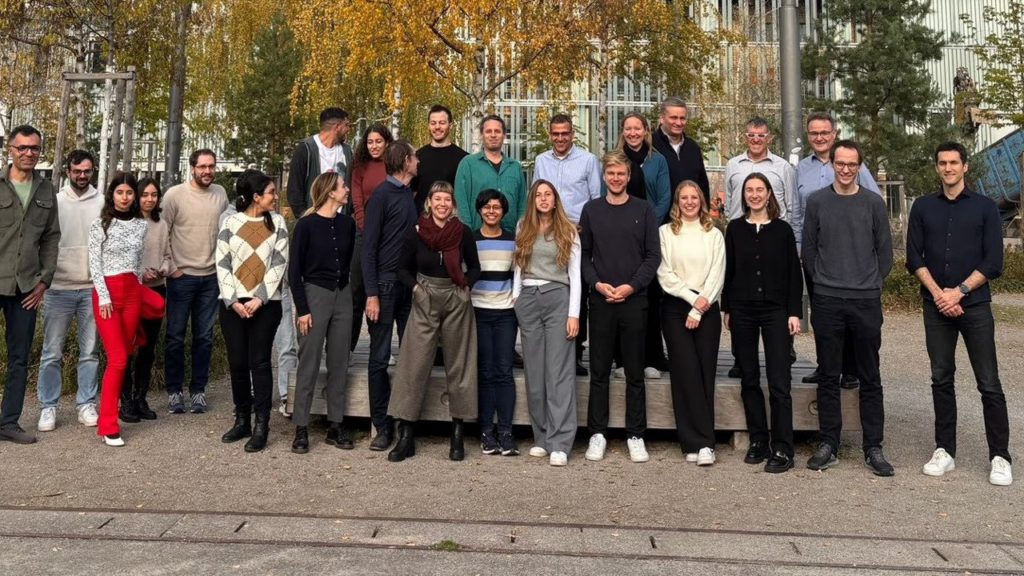Lithuanian biotech firm Genomika has joined the DiDAX project, contributing €600,000 to a total project budget of €5.2 million.
Unlike conventional methods, DNA-based storage is designed for secure, long-term data preservation. Its stability can be measured in centuries or even millennia, setting it apart from technologies like hard drives and magnetic tape, which require regular updates or replacements.
Genomika is developing compact and efficient DNA reading methods suitable for specialised environments, including space applications where conventional laboratory equipment would be impractical. These reading technologies could eliminate the need for bulky centrifuges and other laboratory equipment on space missions.
Further, the startup’s work with DiDAX will build on its ongoing role as leader of an EU-funded Pathfinder initiative focused on developing hardware components for end-to-end DNA data storage systems. The combined grant funding across both projects is now over €10 million, positioning Genomika as a significant player in this emerging field.
“Our participation in DiDAX represents the natural evolution of our work in DNA data storage,” said Robertas Skliaustas, head of business development at Genomika.
“While our first project focused on building the foundation of DNA storage hardware, this collaboration allows us to optimise the software components and develop practical applications for diverse environments.”
Skliaustas was recently appointed as a Board Member of the DNA Data Storage Alliance
home test, where he represents Genomika and the broader European Innovation Council ecosystem. Genomika’s participation marks the first Lithuanian presence in this advanced research community.
The DiDAX consortium is also advancing several practical implementations of DNA storage technology, including in-product information storage where physical items contain embedded DNA that stores detailed information about their production, components, and usage instructions.
Lead image: Genomika. Photo: uncredited.
Source: Read MoreÂ


